In today’s article, we take a quick look at the history of women and cycling. As you’ve probably noticed via ELLE & G4, we want to help increase women’s participation cycling by offering ladies’ kit with the same level of comfort and technical features as those of the men’s but with a deft feminine touch for which G4 is well-known. Despite equality of the sexes being a global aspiration, we still see significant inequalities.
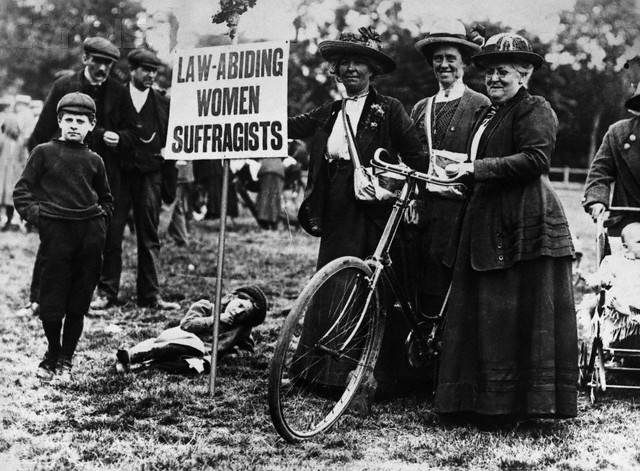
If the bicycle helped to emancipate women in the nineteenth century, it has toady become a true symbol of independence. This liberating phenomenon has many sides, and for good reason: well-being, freedom of expression, but above all mobility. Sadly, previous generations have played very little part in the progression towards more gender equality in cycling. The first women’s cycling club was only set up 100 years after the invention of the so-called velocipede machine.
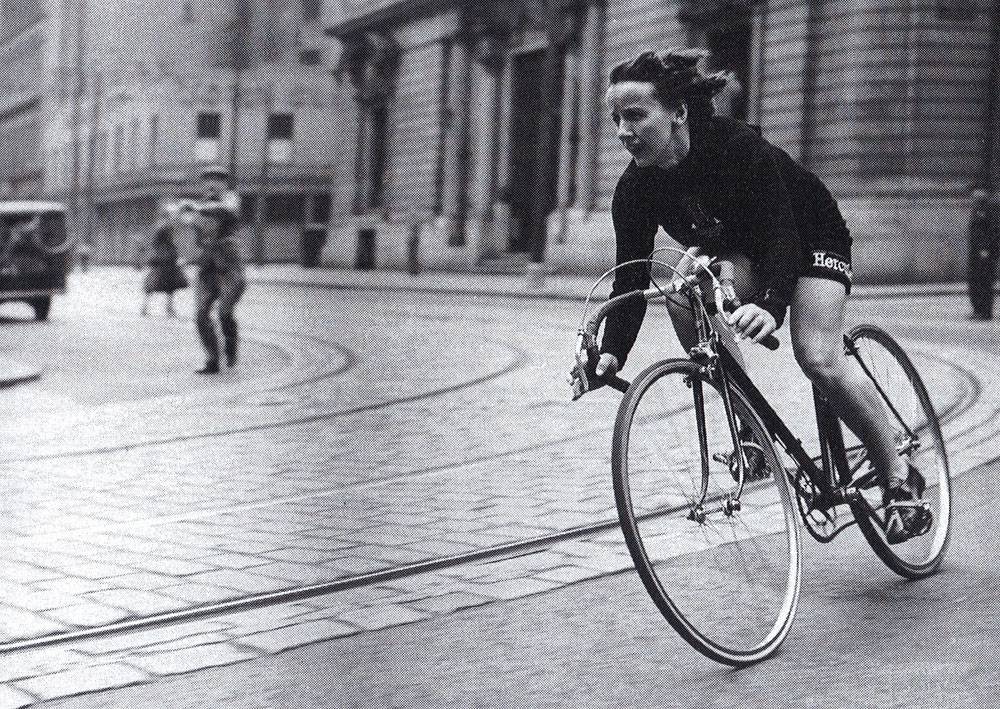
Today women are still prohibited from cycling in certain areas. For example, Hamas has forbidden women to cycle in the Gaza Strip. While, in Afghanistan, for example, the women’s cycling team, known as the “Little Queens of Kabul”, are real revolutionaries. The time for change is NOW. For women to take full advantage of this activity, bikes must be more accessible. When a city promotes and adopts a safe cycling infrastructure, the proportion of women cycling increases. This is because women are naturally more cautious about the risks of cycling and therefore more sensitive to the urban development. However, they’ll willingly cycle if they can ride on safe tracks separate from the road.
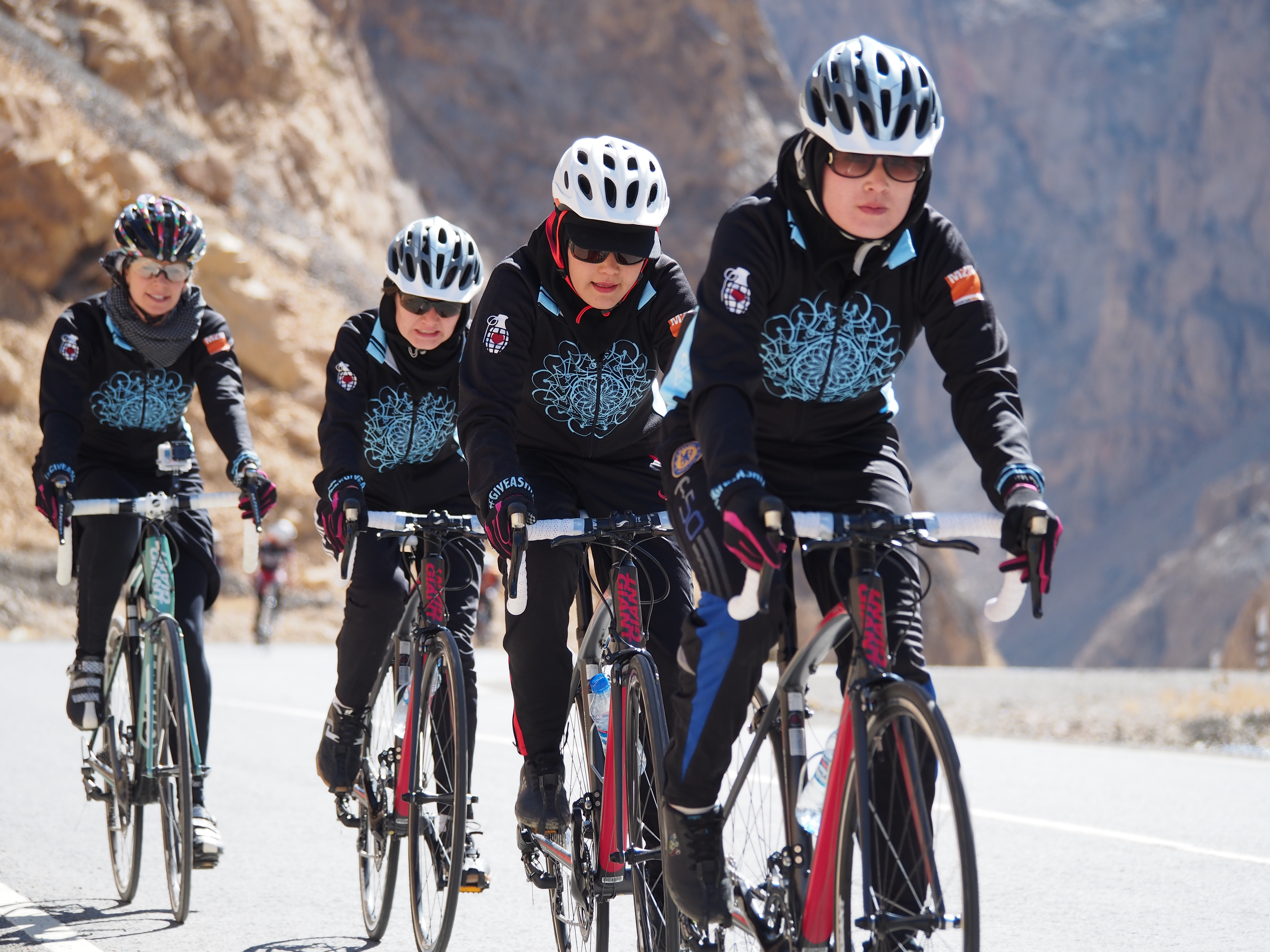
Women love cycling and cycling loves women.
The blog “Elles font du vélo” (They cycle) found that the more cyclists there are in a city, the greater the number of women cycling. In Strasbourg, for example, where cycling is encouraged and the infrastructure is well developed, women cyclists are almost as numerous as men (48% vs. 52%). Now let’s see what happens outside Europe. In the USA, for example, a 2015 survey estimated that 82% of Americans have a positive view of cycling. And for good reason, its advantages are many: increases in life expectancy, decreases in morbidity, reduction of stress, etc. …
Here are some statistics collected from the Internet:
- Between 2003 and 2012, the number of women riding a bicycle increased, while it fell by 0.5% on the male side.
- 60% of bike owners between the ages of 17 and 28 are women. And like us, there are many initiatives that tailor their marketing to women.
- 9 million women regularly travel to work by bike (2011: America).
- The total number of women who use their bike for work increased by 56% from 2007 to 2011.
- Women accounted for 37% of the cycling market in 2011, spending US$ 2.3 million in the US alone.
- There are more than 630 active blogs related to women’s cycling, and we are proud to be part of that!
There are more and more initiatives to make cycling more egalitarian. Despite the absence of a tradition of cycling, the United States is debating the practice of cycling for women. As usual, the situation is dynamic and Muriel, editor-in-chief of the blog “Elles font du vélo“, has shared two of the most popular initiatives in America: www.worldbicyclerelief.org/women-in-motion and www.bikeleague.org/content/women-bike-funding.
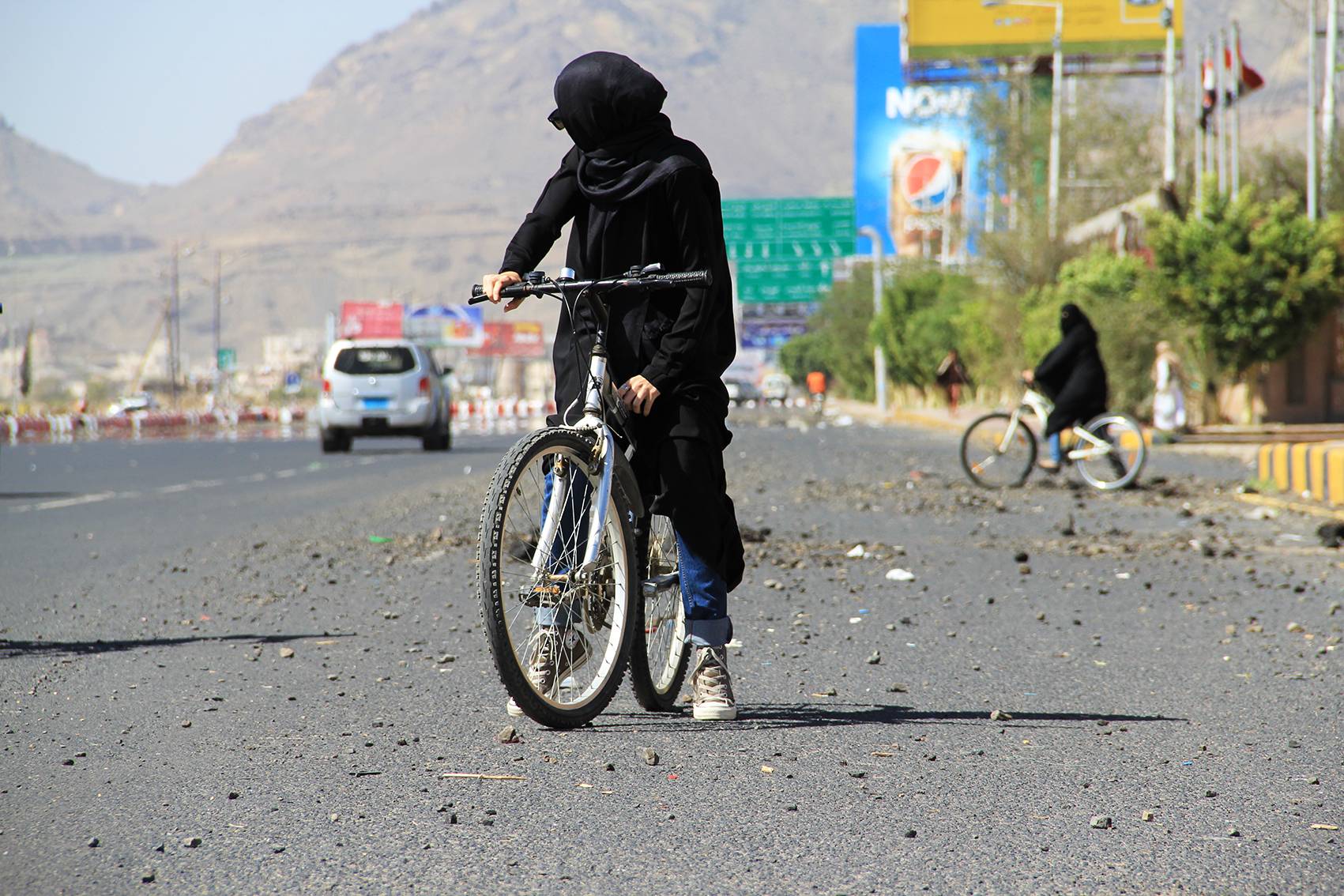
The health benefits of cycling are attracting more and more interest from people wanting to combine fitness with trips out. This interest only reminds us how important it is to treat cyclists equally, regardless of gender. As such, we will be dedicating many more articles to women and women’s cycling in the future. Our goal is to promote women’s cycling, notably through ELLE & G4, and to allow you to experience female-orientated adventures, challenges, coaching or training, technical studies, tests on our high-end G4 women’s clothing range and, of course, provide a place for you to share with our community of female cyclists which continues to grow on account of G4’s strap-line: the elegant performance.
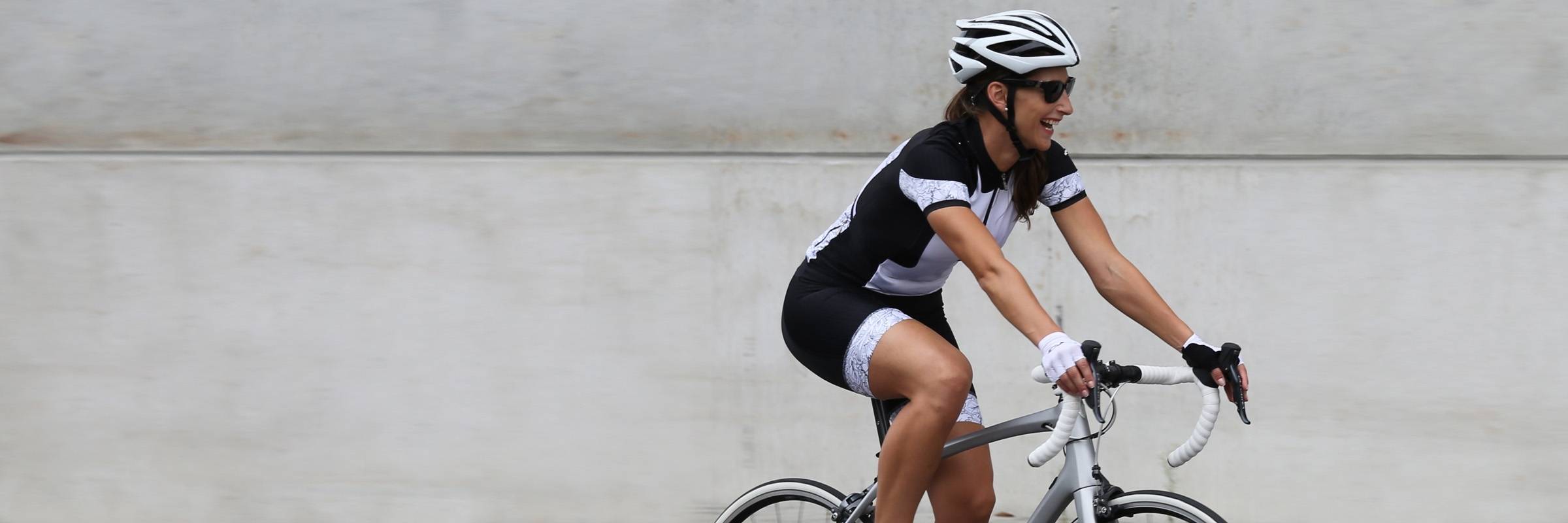
We hope you enjoyed this article and that many of you will read future episodes. To conclude this quick look back at the history of women’s cycling, we want to share with you a few words from one of the early promoters of the women’s cycling movement.
In Paris back in 1897, Georges Montorgueil wrote:
“The bicycle egalitarian and classless created a third sex. It is not a man, that passer-by in puffed-up breeches, the calf on view, the form free and capped with a boater. […] Is it a woman? Her bold foot, her quick gait, her hands in her pockets, just as she pleases and without companions, clinging to the terraces, her legs crossed, how daring: she is a cyclist. “

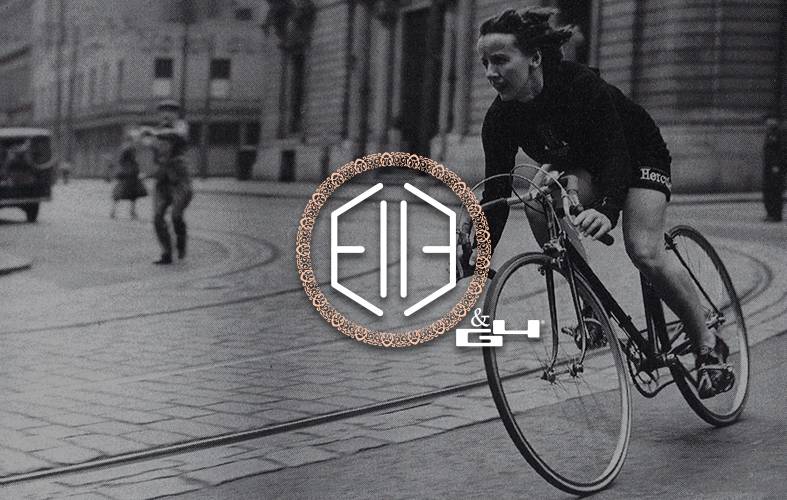


No Comments
Leave a comment Cancel